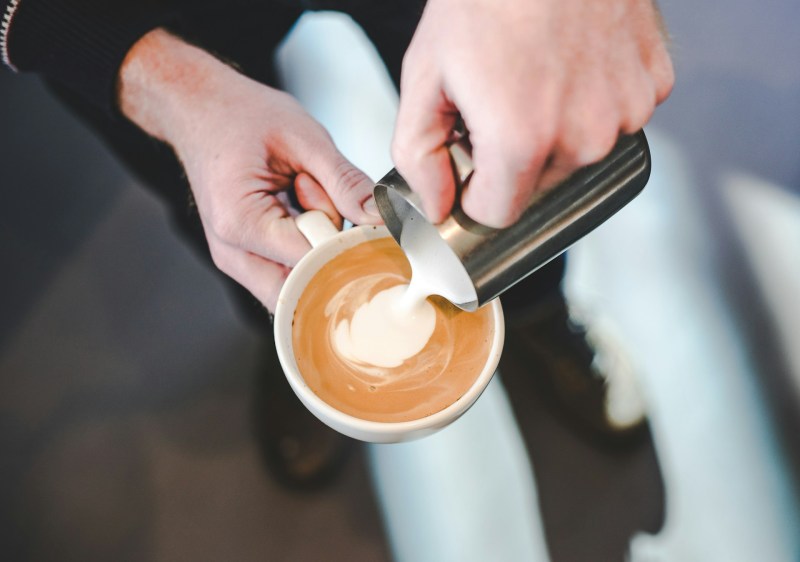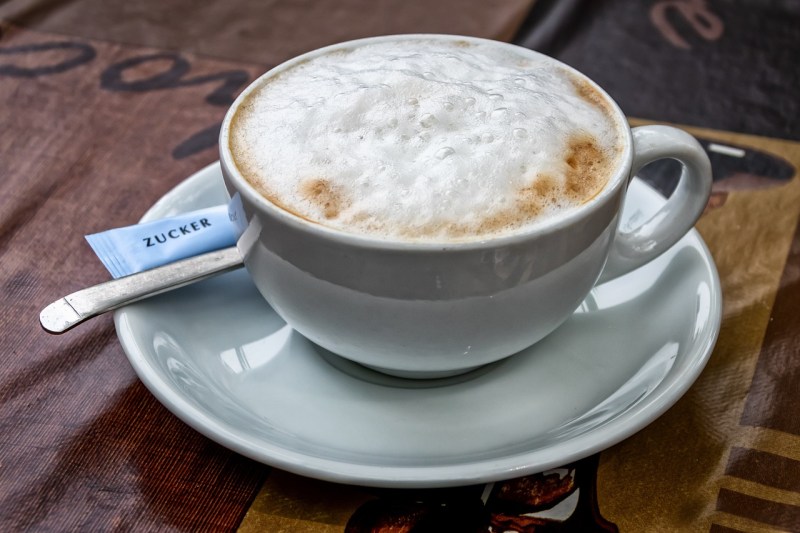The unspoken rules of coffee in Italy are hard to navigate as a tourist — and I learned that the hard way. During a recent trip to Italy, I discovered that Italian coffee culture is quite different than coffee culture in the U.S. In the U.S., no one questions you if you order a cappuccino at Starbucks at 5 p.m., because anything goes. Yet, in Italy, I got some interesting stares when trying to order a late-afternoon cappuccino.
After I was asked, “Are you sure?” by a woman behind the café counter in Rome, I soon learned of the unstated “cappuccino curfew” in Italy. Here’s what to know about this cappuccino “rule” and why you won’t catch many Italians drinking a cappuccino after 11 A.M.
What is the “cappuccino curfew”?

In Italy, the “cappuccino curfew” refers to an unwritten rule that a cappuccino should not be consumed in the afternoon, as it is considered a morning coffee drink. According to Janet Cohen, Founder at Practical Travel Concepts, Italians view a cappuccino as a morning-only drink.
“It’s tied to breakfast and meant to be paired with a pastry like a cornetto (croissant-like pastry). This ritual became ingrained: cappuccino and a pastry = morning fuel, not an all-day drink,” she shares.
Cohen splits her time between Florida and her home in San Nicola Arcella, Calabria, where she is immersed in daily Italian life and culture.
“In San Nicola Arcella, you simply cannot get a cappuccino once the morning passes; the locals will look at you like you’re crazy for asking. I’ve even seen it play out at dinner: when my cousin’s husband asked a waiter for a cappuccino, the waiter refused, insisting that a milk-based drink would interfere with digestion,” she shares.
Understanding the unwritten cappuccino rule

After learning of this rule and giving it some thought, it does make sense that the “heavy” nature of a cappuccino is seen almost like a meal in itself.
According to Cohen, part of the “cappuccino curfew” is rooted in beliefs surrounding digestion. “Milk is considered too heavy after meals, suitable only in the morning when the stomach is ’empty.’ Post-lunch and dinner drinks must be lighter – like a café (also known as an espresso in the USA) or a digestive like a limoncello or amaro. It is believed that milk is difficult to digest after a large meal,” she says.
If you’re heading to Italy soon, Cohen says to avoid ordering a cappuccino after noon as it is a “dead giveaway you’re not Italian and are not aware of the local traditions.” (Oops.)
“You will be gently corrected, sometimes with humor, sometimes with outright refusal. With my cousin’s husband, it was outright refusal,” she says.
However, Cohen says that in larger tourist cities (like I found during my day trip to Rome), you may find cafés willing to serve you a cappuccino all day to cater to visitors. “But among Italians themselves, it’s unthinkable. In small towns like mine, you won’t get one after 11 A.M., no exceptions.”




